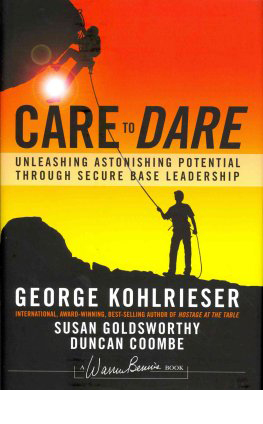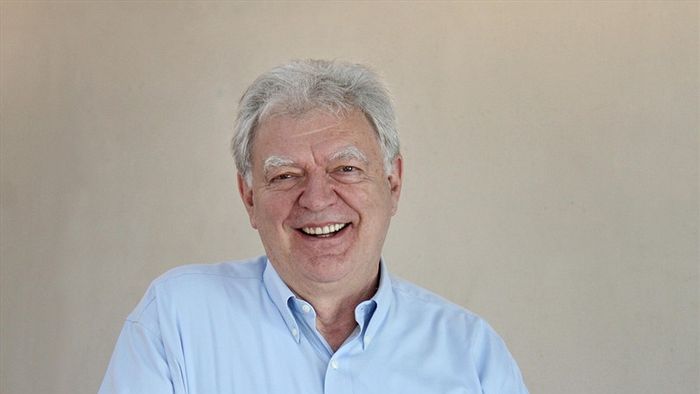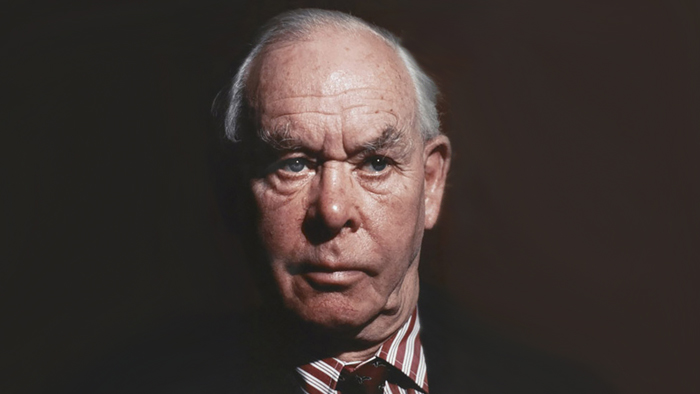
Challenging orthodoxy is rule number one for the Interactive Workshops crew. Almost every successful client engagement requires a paradigm-shifting, innovative ‘new way’. Debating, rather than following, the established pattern is necessary to allow fresh, imaginative projects to flourish.
 It took a few years of steady percolation and the drip, drip, of hot new ideas to realise this one thing. We always thought the cause of high performance was teamwork. Yet, in fact, most groups break down the work into individual tasks that rarely required teamwork. In questioning that, we discovered something else was going on.
It took a few years of steady percolation and the drip, drip, of hot new ideas to realise this one thing. We always thought the cause of high performance was teamwork. Yet, in fact, most groups break down the work into individual tasks that rarely required teamwork. In questioning that, we discovered something else was going on.
George Kohlrieser, in his ground-breaking leadership book Care to Dare, asks a telling question:
Have you ever been led by someone who cared for you like family, and dared you to achieve more than you ever thought possible for yourself, your organisation, and even society?
Humans have lots of words to describe social groups. ‘Teams’ is one. I’ve used ‘crew’ above. We have ‘clubs’, ‘parties’, ‘associations’, ‘networks’, ‘clans’, ‘tribes’. And, what’s more, high performing teams don’t even consider themselves a team. Listen to the sports “teams” and they often use familial language. It took me 15 years to come to my conclusion on what makes a great leader: someone who provides deep security to those around them and encourages them to grow and achieve beyond what they thought was possible.
So you can imagine I was both annoyed and relieved to find Kohlrieser, IMD lecturer, world famous business speaker, and former hostage negotiator had already written the book, written the course, and gained world acclaim on this topic at one of the top business schools. I was annoyed my thesis was not unique, but relived to find it almost perfectly aligned with the views of a world expert.
George and I both share a deep respect for the psychology of attachment and believe that it is through deep and enduring bonds that we as humans feel sufficiently secure in ourselves to take big leaps. More like a family than a team.
These leaders provide what the attachment psychologists call a “secure base”. The father of attachment theory John Bowlby described it thus:
All of us, from the cradle to the grave, are happiest when life is organised as a series of excursions, long or short, from the secure base provided by our attachment figures.
So let’s come back to teams. I can pop along to my local five-a-side, join the triathlon squad, or take up gymnastics. Do these people provide a secure base? Maybe it’s me, but I’ve found I tend to end up in associative friendships with those people. But people at work… People that I have worked with now for over 10 years. Highs and lows. Wins and losses. Successes and failures. Now there’s a different thing. We can and do develop very deep relationships over many years that span a wide range of life stages and experiences.
Entrepreneurial orthodoxy is to treat the workplace as some kind of high performing team. And there is strength within that. But the ‘magic leaders’ in life are not distant, metric-driven figures using the power of internal competition to create a frenzy of competitive drive. The ones who extract the most from others are those who know how to create a platform from which athletes or business people can deliver their best performance. In fact, you almost never hear a top sports coach saying, “I wanted to put more pressure on the players”. They are all about creating security that allows athletes to feel light, capable and ready to deliver their best performance. My expression for this type of human social structure: Work-Family


